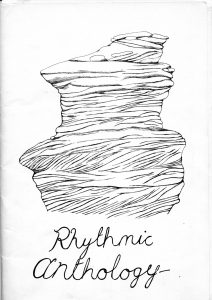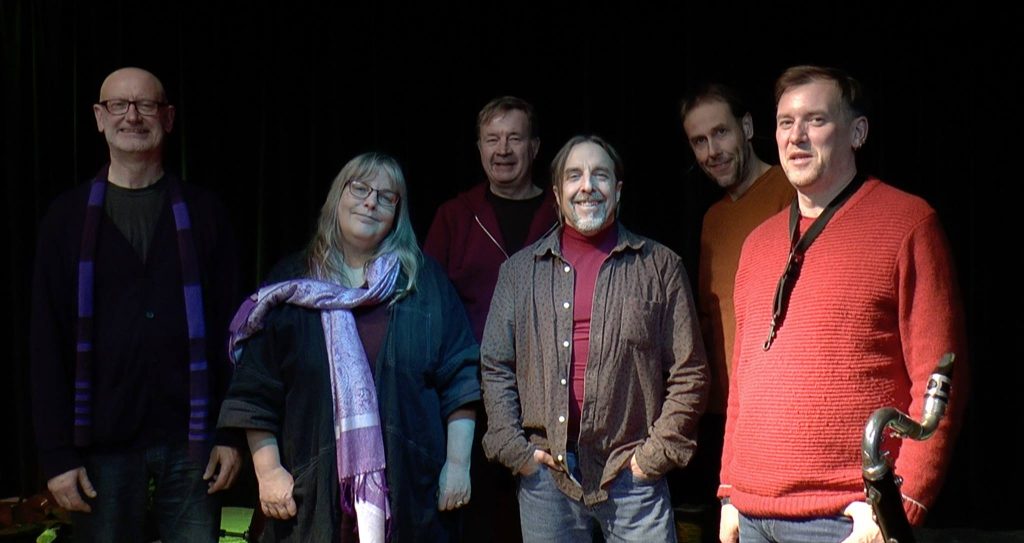Over a decade ago I used to set a practical assignment for students: to write an obituary of a person who was quite happily alive, as if they were writing for a newspaper to hold “just in case.” The composer and accordionist Pauline Oliveros was the subject I set one year, and the most successful. No matter what musical tastes the students had, they were fascinated by Oliveros the person, of her ideas about music, and of the implications that her life had for feminism and lesbian rights, of her spouse, Ione, who has been her collaborator, representative, and rock for many years. I had never thought about Pauline Oliveros’ mortality, any more than I considered the mortality of any other subject in that assignment. Therefore, I was very stunned to read on Friday that Oliveros had died. It shouldn’t be unexpected that someone should die at 84, but given that she had been performing only days before, it was a shock. There are pictures of her this year, holding that enormous accordion and playing it with such ease, the only sign of advancing age being a walking stick that she carried with style.
For those who followed her, Pauline Oliveros was amazing. While most women have been shunted into performance rather than composition, or moved their compositional style to match the current thinking of academia, recreating rather than creating, Oliveros took the hardest route. She was a central figure in the San Francisco Tape Music Center in the 1960s. Even in the 1970s, electronic studios were male-dominated, hard for any but the most talented and most determined woman to push through. She used the medium of text notation for her Sonic Meditations, became a professor at the University of California at San Diego, and founded her Deep Listening projects. And she came out as lesbian at a time when it was career suicide; in fact, at a time when just being a woman, any woman, brought up brick walls, never mind glass ceilings.
At the moment, I’m editing some interviews with American composers in the early 1970s and am constantly confronted by the masculine pronoun used exclusively for composers (one, in particular, only mentioned one female: his wife, whom he referred to as “mein frau”). Even though I was a university student at that time, I’ve been shocked when looking back at the pictures of all-male composer parties, of the unknown student being “he” and “him”, when the “guys” in class were not a colloquialism like “folk”, but real boys and men. And when I briefly considered studying composition—and needed an experimental composer as a model, not a historical figure like Amy Beach, or concert composer like Ruth Crawford (or Mrs HHA Beach or Ruth Crawford Seeger as was)—Pauline Oliveros was pretty much the only one that anyone mentioned. (Knowledge of Alison Knowles, Delia Derbyshire, Daphne Oram, Bebe Barron, Carla Bley, and the others came later…). And yet, and yet… When these composers were asked who else should be interviewed, most of them said “you should ask Pauline”. There was respect. And, according to most of her contemporaries, her students, and, in my limited contact with her, me, she was extraordinarily nice to people, and very, very kind.
There are a lot of great tributes to Oliveros out there, but I was really taken with an article based on Houston Library archives from 1999, which someone shared on Facebook, and which deals with the epistolary exchanges between Oliveros and her mother. It’s yet more evidence of Texas as the birthplace of creative, independent musicians: http://www.houstonpress.com/news/write-soon-and-tell-all-6566937 . And although there are many examples of Pauline’s more austere, meditative, Deep Listening music about, this piece, “A Love Song”, recorded in a drained reservoir in Germany, is more beautiful and poignant than any other piece by her that I’ve heard.
That’s not an end; it’s a start. Pauline Oliveros is, quite rightly, the subject of books: biographies, articles, analysis… I wish I had thought to write a proper, professional obituary when I set the assignment for the students. The literature on her, her music writings and recordings, and the politics of her life and work is rich—too rich to clarify just now.



